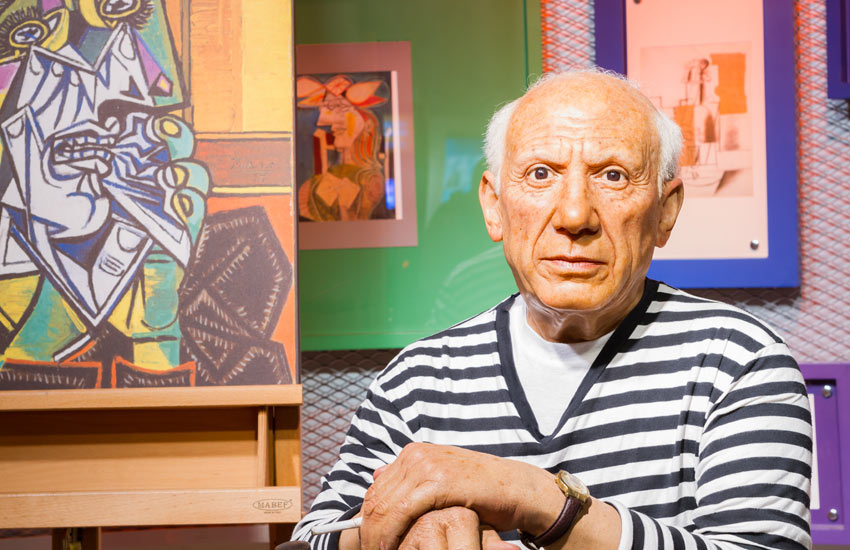Auction house Sotheby’s will leverage a technology that cryptographically links a physical piece of art to a digital version. The technology will first be used with a Picasso painting to be auctioned on June 29.
It is not new to tie a non-fungible token (NFT) to a physical asset. Numerous use cases that track physical items leverage NFTs without using the term. For example, projects that verify the authenticity of luxury items from LVMH use NFTs. Nike filed a patent for blockchain-based sneakers called CyptoKicks that would enable a digital asset to be tied to each pair of shoes. And in the art world, APENFT, launched by TRON blockchain founder Justin Sun, is selling an NFT based on an Andy Warhol piece of art it owns.
As NFTs have become more mainstream, the average person associates them with collectibles which tend to be purely linked to digital items such as video moments, digital art or music. Sotheby’s initiative differs from these NFTs because the digital assets are not independent. The content is a token that is tightly linked to a physical item, often referred to as a digital twin enabling the physical item to be digitally tracked.
The scanning technology that captures the “genetic code” of the artwork will be provided by Mira Imaging. From that data, Mira is able to mint an NFT that can be compared and matched to the original artwork at any time. Only one NFT can be minted per artwork.
This will be a debut for Mira Imaging. The Looking Glass scanner technology used by the startup uses a proprietary array microscope, AI, and robotics to scan the surface of a work of art in a way that is no more invasive than taking a picture of it. The encrypted signature developed by the system is used to mint an NFT to the Ethereum blockchain.
One hypothetical outcome is for the NFT to be further tokenized so that various individuals could own a part of it. In this way, unaffordable artwork can become accessible, which would make the art industry more inclusive. There’s just one challenge to that concept: a fractionalized NFT is considered a security in the United States.
Meanwhile, digital artist Beeple launched an NFT marketplace for iconic moments. Beeple was the artist behind the first digital art piece auctioned at Christie’s for $69 million. Christie’s also auctioned some of Andy Warhol’s work as NFTs. As for Sotheby’s, the auction house previously sold digital artist PAK’s art as NFTs.







